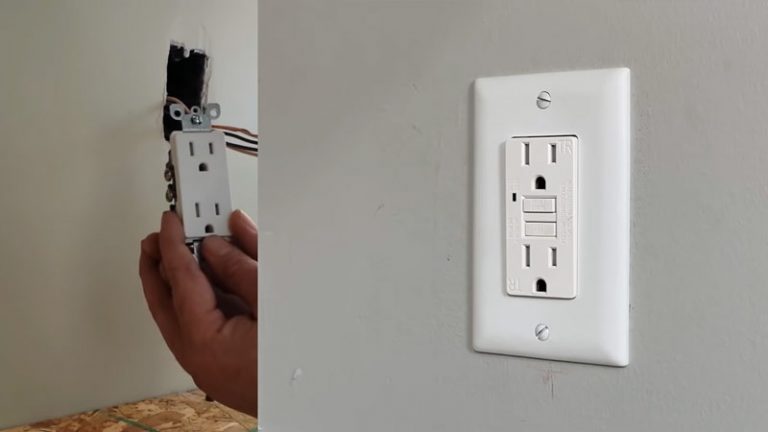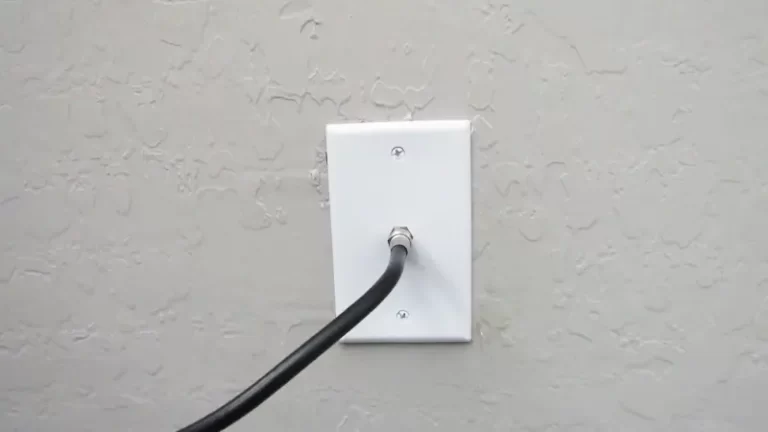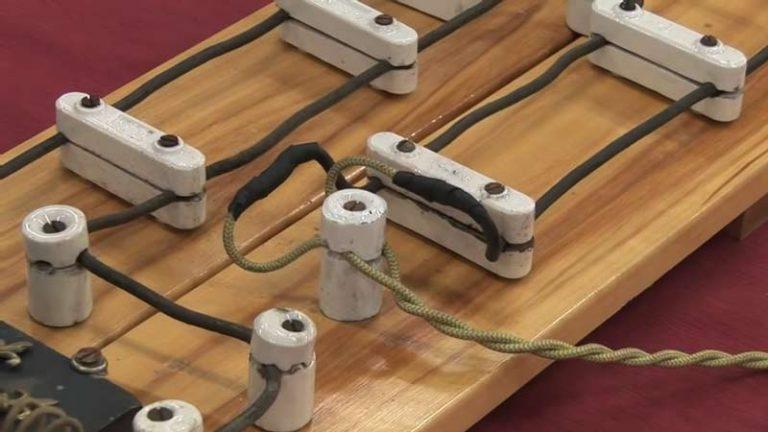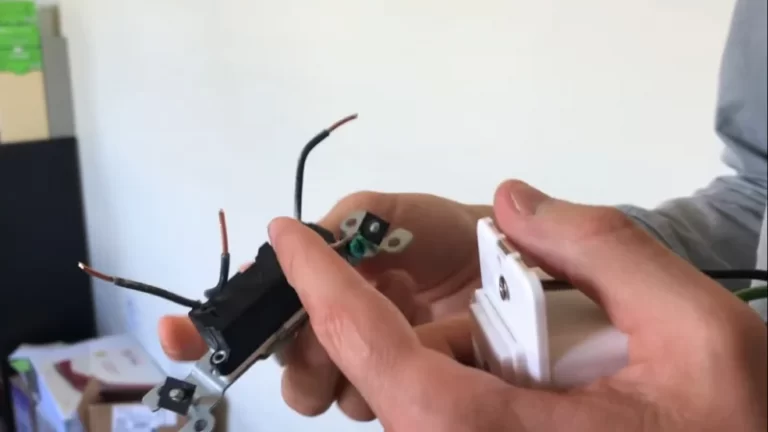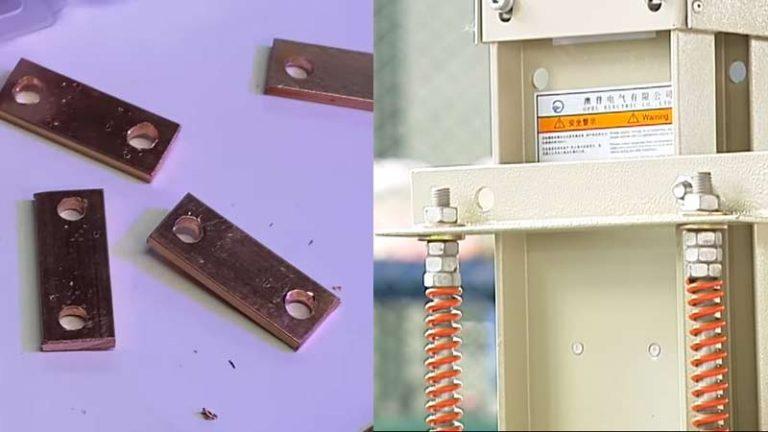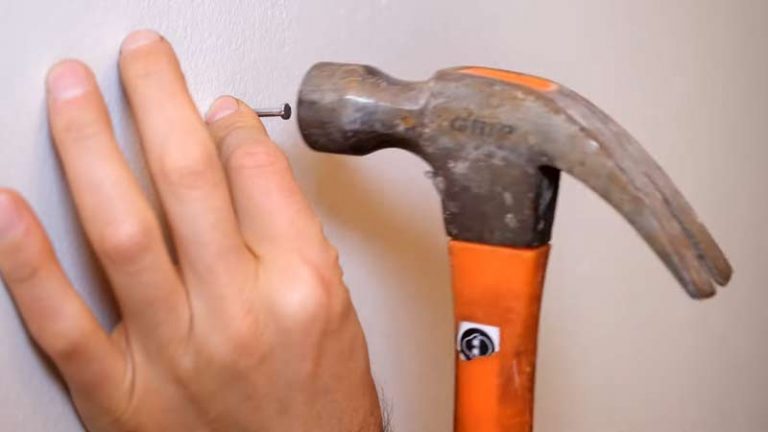What Happens When Neutral Wire Is Disconnected

A broken neutral wire can cause a lot of trouble when it comes to your home’s wiring. A faulty start point can disrupt the flow of electricity in your home, leading to an out-of-balance current taking a path back to the supply.
Out-of-balance currents lead to problems like flickering lights and burnt-out electronics, so be sure to check for this before you call an electrician. Checking your circuit breaker is one way to identify any potential issues before they become too big or costly to fix.
Keeping your home’s electrical system in good condition is important for safety and efficiency, so keep an eye on these tips and you’ll be just fine.
You'll Learn About
What Happens When Neutral Wire Is Disconnected?
A broken neutral wire can create a fault in your wiring, causing an out-of-balance current to take the path back to the supply. Check for faulty star points by touching one end of each light fixture to another and seeing if they touch easily – if not, that is a sign of an issue with the point itself.
If you see an increase in noise or flickering when there is already too much electricity flowing through your home’s wires, it may be time to have them inspected and/or replaced as needed. Checking the amperage at each outlet in your house will help identify any areas where there may be a problem with the current flow. This could mean having new outlets installed by a professional electrician.
Make sure all electrical devices are properly plugged into appropriate receptacles- sometimes something as simple as unplugging one appliance from another can cause problems down the line.
Broken Neutral Wire
A broken neutral wire will cause your home’s electrical system to malfunction and can lead to dangerous conditions. If you experience a breaker or fuse going off, it is likely that the neutral wire has been disconnected.
You can identify whether or not there is a problem with the wiring by inspecting all of the circuits in your home and confirming that each one operates properly. If you are unable to fix the issue on your own, then it may be necessary to call an electrician for assistance.
Make sure that you have proper safety procedures in place in case of a power outage caused by a broken neutral wire.
Faulty Star Point
If the neutral wire is disconnected, appliances in your home may not work correctly. You can troubleshoot issues by checking for power at each outlet and at the breaker box.
It’s important to reinstall any damaged parts before continuing with repairs or replacing wiring altogether. Always wear gloves when working with electric wires; they can shock you if touched improperly.
Be aware of potential hazards while performing electrical tasks–stay alert for possible fires and avoid contact with live circuits.
Out of Balance Current Taking Path Back To Supply
If you’re not using the Neutral wire, it’s important to disconnect it from the power supply in order for your home to stay safe. Check with a qualified electrician if you have any questions about safely disconnecting wires.
Disconnect all of your circuit breakers before working on anything electrical and call an expert when in doubt or unsure how to do something yourself. Even simple tasks can be dangerous without proper guidance.
The current will flow back along the neutral wire until it reaches another source of electricity, such as a live outlet or switch box, which could potentially cause damage or injury if touched improperly.
Always wear appropriate safety gear including gloves, eye protection, and hearing protection when dealing with electricity – no matter what level of experience you may have.
Can I leave neutral wire unconnected?
Yes, you can leave the neutral wire unconnected if you are using an electric starter. This will help to conserve battery power and avoid possible damage to your car’s electrical system.
Leaving the neutral wire unconnected can result in a number of problems including sparking, damaging your car’s electrical system, and even causing a fire. It is important to make sure that there are no exposed wires when you’re connecting the wiring to your switch box.
To do this, use a twist-on wire connector which is designed for one single wire. You should also cap off the grounded (neutral) conductor in the switch box before you finish installing it. When disconnecting or reattaching your electrical components, always make sure that both connectors on each piece are properly inserted into their respective ports and screws tightened down securely.
This will minimize the chances of accidental short circuits and damage to your vehicle’s electrical system.
What happens when you remove a neutral wire?
Removing a neutral wire can cause your car to not start. When the battery is connected to both the starter and the engine, it creates a “ground” connection between them.
Without this ground connection, your car may not start.
When you remove a neutral wire, the load on the device connected to that wire is no longer equal. This can cause problems with your vehicle’s electrical system as different parts of the car are now receiving unequal amounts of voltage.
The devices that are connected to a disconnected neutral wire will become at risk for damage if they receive too much or too little voltage. In general, these devices will be in danger of becoming damaged by high voltages and low voltages, respectively.
It is important to keep track of which devices are receiving higher or lower voltage when you make any changes to your wiring system.
This way, you can ensure that all components in your car are safe and functioning properly.
What is purpose of neutral wire?
The neutral wire is a small, thin wire that runs between the battery and the engine. It’s important because it helps keep things balanced in the electrical system.
If there is a problem with this wire, it can cause problems like fires or electric shocks.
Neutral Wire is Used to Ground or Busbar
The neutral wire is used to ground or busbar various electrical components in your vehicle’s engine bay.
This process allows the circuit to be brought back down to a common ground, which can help optimize the performance of all of the components in the area.
It Brings the Circuit to a Ground or Busbar
The neutral wire also acts as an intermediary for other circuits and switches, helping them connect with each other more easily and allowing them to run at their full potential.
Allows Circuits To Be Fully Utilized
By grounding or bushing certain areas of your vehicle’s wiring system, you can free up space so that other systems can be fully utilized. This will improve fuel economy and overall car operation
What happens if neutral fails?
If your neutral fails, it can cause some serious problems in your home. You may experience voltage increases and even electrical equipment overheating as a result of the breakage.
A lack of neutral will disrupt power flow which can lead to sparks and fires – be vigilant. Neutral is essential for keeping appliances running smoothly and preventing disruptions in electricity supply – make sure you have enough on hand before an emergency strikes.
Preparing for potential issues by stocking up on neutrals can help minimize damage when they do occur
Does a neutral wire carry voltage?
A neutral wire is necessary to carry voltage. It provides a zero voltage reference point and separates the live and neutral cables. The ground of the system acts as the zero voltage reference point and an unwanted voltage can be dangerous if it travels along the neutral wire.
Make sure you have a proper installation by following all safety guidelines, such as using insulation tape, etc., when wiring your home electrical system up
Does current flow through neutral wire?
You may be wondering if current flows through the neutral wire when returning to the power supply. NEV is normal which means that current will flow through your earth’s ground when you disconnect from the power source.
To protect yourself, it’s important to know what voltage (NEV) is present when powering back up your devices and also check for proper grounding of equipment and cords in close proximity to sensitive electrical components such as computers, televisions, etc…
In order not to experience a shock during an accidental discharge, always use caution with live wires near water or other sources of moisture. They can cause unpredictable sparks. Finally- remember that checking continuity between two points on a wire before connecting them forms part of basic safety precautions.
What happens if neutral is not grounded?
If neutral is not grounded, static electricity will build up, and arcing will occur in the switchgear. A significant loss in transmitted power can result from an ungrounded system.
Overheating can happen if there’s too much static charge buildup, causing a furnace to work harder than necessary or even catch fire. Fires may start when sparks fly between objects in an ungrounded environment.
By grounding your home’s electrical system, you’ll help prevent these potentially dangerous consequences
How do you check for neutral failure?
The neutral safety switch prevents the car from moving if one of the tires is not in contact with the ground. If this switch fails, the car can move and could cause serious accidents.
There are a few ways to check for neutral failure: by looking under the car, testing it with a volt meter, or using an Ohmmeter. To check for neutral failure, you’ll need to inspect all of the wirings in your vehicle for any signs of leakage or faults.
This includes checking the insulation and wires themselves as well as looking for broken or damaged links. You can also test voltage at various points in the electrical system to see if there is a fault present. For example, you could check the voltage at the battery, alternator, and ground wire to see if anything is amiss.
If you find that there is a problem with your neutral switch or wiring harness, then it may be necessary to replace these components in order to restore normal operation. Finally, make sure that neutral is working by testing voltages at other ends of your car’s electrical system such as in the headlights and taillights- both of which should have 12 volts when connected properly through their connector cables.
To Recap
If you have a Neutral Wire connection in your home, it is important to be aware of the potential consequences if it is disconnected. If the neutral wire is disconnected, there can be dangerous voltage fluctuations that could injure or kill people.
Additionally, if there’s no neutral wire present and two wires are attached to each other at either end (an “electrical mixer”), this can create an electrical fire hazard. Be sure to check your Neutral Wire regularly and disconnect any unnecessary attachments.
Disconnecting the neutral wire in an electrical circuit can lead to serious issues, such as uneven voltage distribution, appliance damage, or even electrical fires. The neutral wire completes the circuit, allowing current to flow safely. Without it, the circuit becomes unbalanced, causing potential hazards.
If you’re troubleshooting electrical problems, it’s worth learning how to reset a Delonghi air conditioner to ensure your appliances are functioning properly. Additionally, understanding how to reset a Midea air conditioner remote can help you maintain your HVAC system. For more insights, explore how to drain a dehumidifier through a wall.

